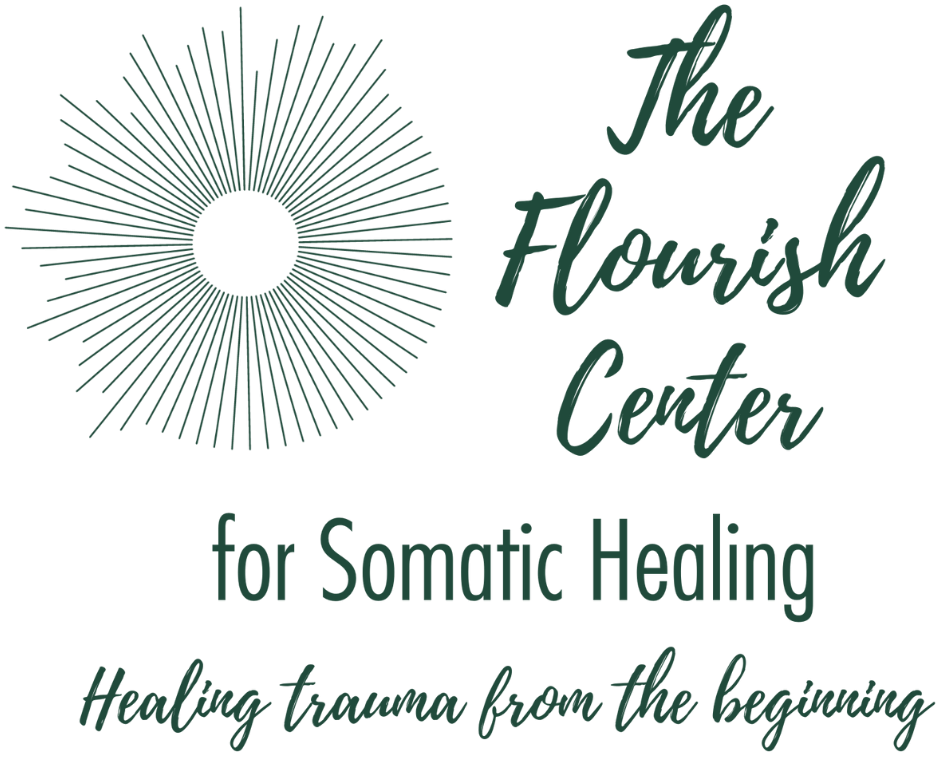Trauma-Informed Yoga Therapy: An Approach to Healing Trauma Symptoms
Trauma-informed yoga therapy is a specialized form of yoga designed to address the unique needs of individuals who have experienced trauma. This approach integrates the principles of yoga with an understanding of trauma’s impact on the mind, body, and nervous system. The goal is to create a safe, supportive environment where individuals can reconnect with their bodies, regulate their emotions, and reduce trauma symptoms.
In this blog, we’ll explore what trauma-informed yoga therapy is, how it differs from traditional yoga, and how it can help resolve trauma symptoms.
What is Trauma-Informed Yoga Therapy?
Trauma-informed yoga therapy is a therapeutic practice that combines traditional yoga postures, breathwork, mindfulness, and meditation with a deep awareness of trauma and its effects on the body and mind. Unlike regular yoga classes, trauma-informed yoga is specifically designed to be sensitive to the needs of trauma survivors. The approach emphasizes safety, choice, and empowerment, which are critical for individuals who may feel disconnected from their bodies or triggered by certain movements or sensations.
This form of yoga recognizes that trauma is stored in the body, often manifesting as tension, chronic pain, or a heightened stress response. By incorporating gentle, mindful movement and breath, trauma-informed yoga therapy helps individuals release stored tension and learn to regulate their nervous systems in a way that fosters healing.
How Trauma Affects the Body
When a person experiences trauma, their body’s natural fight, flight, or freeze response is activated. In many cases, trauma survivors are unable to fully process or discharge the energy generated by this survival response, which can lead to chronic stress, hyperarousal, or emotional numbing. Over time, trauma can become “frozen” in the body, contributing to a range of physical and emotional symptoms, including:
- Anxiety and panic attacks
- Dissociation or a sense of disconnection from the body
- Hypervigilance or feeling constantly “on edge”
- Intrusive memories or flashbacks
- Sleep disturbances and fatigue
- Chronic pain, tension, or digestive issues
Because trauma impacts the nervous system, body, and mind, a holistic approach like trauma-informed yoga can be an effective tool for helping individuals restore balance.
How Trauma-Informed Yoga Therapy Differs from Traditional Yoga
While both traditional yoga and trauma-informed yoga share some basic practices (like breathwork, asanas, and meditation), trauma-informed yoga adapts these practices to suit the specific needs of trauma survivors. The key differences include:
- Focus on Safety: Trauma-informed yoga prioritizes creating a physically and emotionally safe space. This includes minimizing triggering language, offering gentle modifications, and avoiding poses that could feel invasive or overwhelming. The environment is intentionally non-judgmental and supportive.
- Emphasis on Choice: Trauma can take away a person’s sense of control over their body and environment. In trauma-informed yoga, participants are empowered to make choices about their practice. For example, they can decide whether to participate in certain poses, how deeply to engage with their breath, or when to take a break.
- Gentle, Restorative Movements: While some traditional yoga classes can involve vigorous movements or physically demanding postures, trauma-informed yoga is often slower and more mindful. The movements are designed to be grounding and restorative, helping individuals tune into their bodies in a way that feels safe and nurturing.
- Body Awareness and Regulation: Trauma-informed yoga encourages participants to develop greater awareness of physical sensations, helping them reconnect with their bodies. This increased awareness supports self-regulation, as individuals learn to recognize and manage their stress responses in a controlled, supportive environment.
- Avoidance of Hands-On Adjustments: In trauma-informed yoga, instructors typically avoid hands-on adjustments, as these can be triggering for survivors who have experienced physical or sexual trauma. Instead, they offer verbal guidance and encourage students to adjust their postures based on their own comfort levels.
How Trauma-Informed Yoga Therapy Helps Resolve Trauma Symptoms
Trauma-informed yoga works by addressing both the physical and psychological aspects of trauma. It helps individuals regain a sense of safety and control over their bodies, while also promoting emotional regulation and resilience. Some of the key benefits include:
- Nervous System Regulation: Trauma-informed yoga helps individuals activate the parasympathetic nervous system, which is responsible for relaxation and recovery. Practices like deep, mindful breathing and gentle movement promote the body’s ability to shift out of a chronic “fight or flight” state into a calmer, more balanced mode. Over time, this helps reduce hyperarousal, anxiety, and chronic stress.
- Reconnection with the Body: Trauma often causes individuals to dissociate or disconnect from their physical bodies as a way to cope with overwhelming sensations. Trauma-informed yoga encourages safe reconnection with the body through gentle, mindful movement. This helps individuals feel more grounded, embodied, and in control of their physical sensations.
- Emotional Regulation: Many trauma survivors experience difficulty managing overwhelming emotions. Through trauma-informed yoga, individuals learn tools to regulate their emotions, such as deep breathing, mindfulness, and grounding techniques. These practices can help reduce the intensity of emotional triggers and provide a sense of inner calm.
- Empowerment and Choice: One of the core elements of trauma-informed yoga is the emphasis on personal agency and choice. Participants are encouraged to listen to their bodies and make decisions that feel right for them. This can be incredibly empowering for individuals who have experienced trauma, as it helps them reclaim control over their bodies and their healing process.
- Reducing Physical Symptoms: Many trauma survivors experience chronic pain, tension, or other physical symptoms. Trauma-informed yoga can help alleviate these symptoms by promoting relaxation, reducing muscle tension, and improving overall physical well-being. The gentle movements and stretches help release physical tension that may be stored in the body as a result of trauma.
- Mind-Body Integration: Trauma can fragment the connection between the mind and body, leading to dissociation or emotional numbing. Trauma-informed yoga helps integrate the mind and body, fostering a sense of wholeness and connection. By practicing mindful movement and awareness, individuals can begin to heal the disconnection caused by trauma.
Who Can Benefit from Trauma-Informed Yoga Therapy?
Trauma-informed yoga therapy is beneficial for anyone who has experienced trauma, including individuals with:
- Post-Traumatic Stress Disorder (PTSD)
- Developmental trauma or early childhood trauma
- Anxiety, depression, or mood disorders
- Complex trauma from chronic abuse or neglect
- Survivors of physical, sexual, or emotional abuse
It can also be helpful for individuals who feel disconnected from their bodies, struggle with chronic stress or pain, or have difficulty managing their emotions.
Conclusion
Trauma-informed yoga therapy offers a gentle, compassionate approach to healing trauma symptoms. By focusing on safety, choice, and empowerment, it allows individuals to reconnect with their bodies, regulate their emotions, and create a sense of inner calm. Whether used alone or alongside other therapeutic modalities, trauma-informed yoga can be a powerful tool for resolving trauma symptoms and fostering long-term healing.
If you are considering trauma-informed yoga therapy, it’s important to seek out a certified yoga therapist who has experience working with trauma survivors. With the right support, this practice can be an invaluable part of your healing journey. Book a session with Lakshmi now to receive specialized, individual care.

